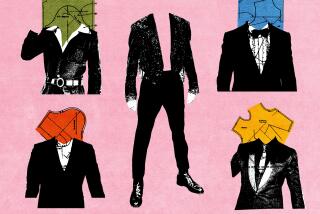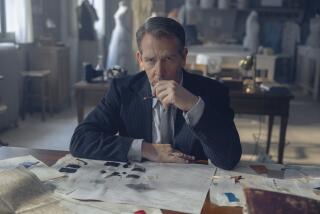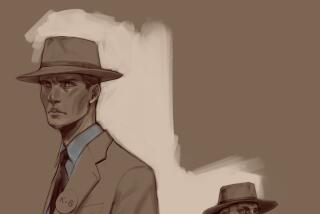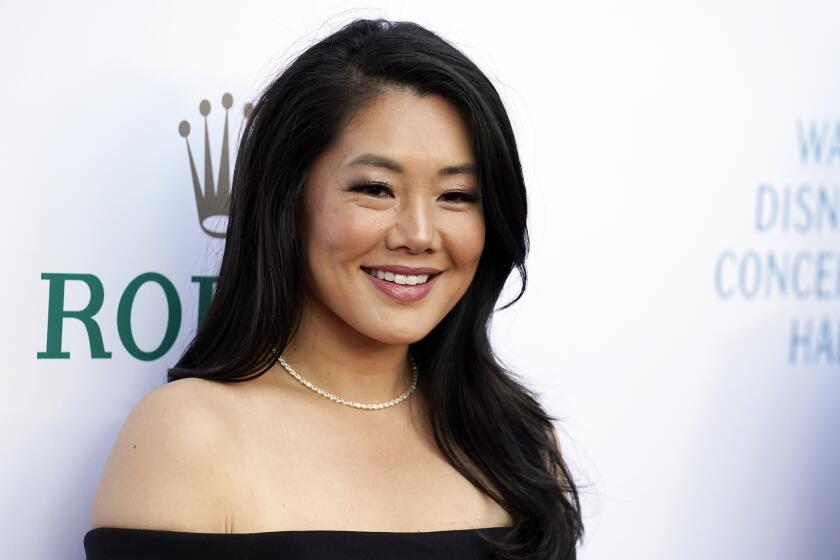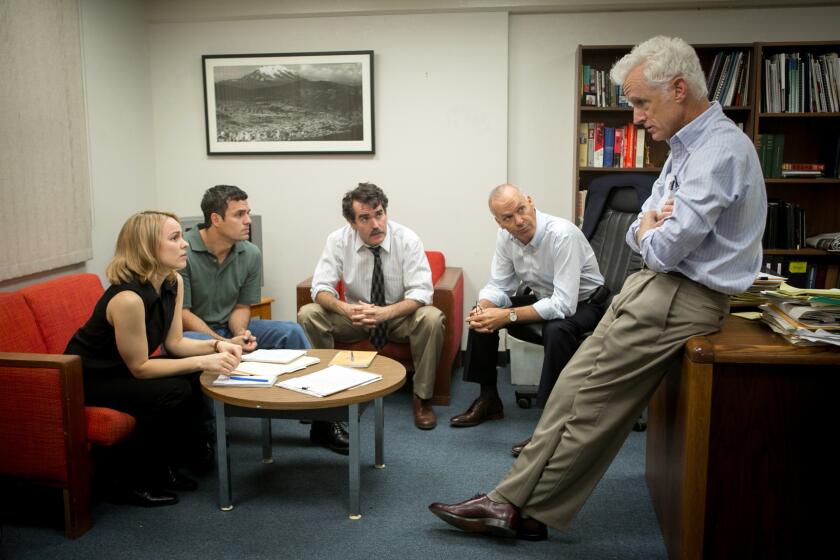The Costumes: Dressing for the 1920s in ‘The Artist’
Throughout his career, costume designer Mark Bridges has styled looks from diverse decades. For the 1970s-era “Boogie Nights,” he outfitted Mark Wahlberg in denim bell bottoms. In “Blow,” he found Johnny Depp ‘60s-inspired pocketed suits and turtlenecks to wear. And in last year’s “Greenberg,” he put Ben Stiller in a puffy vest and cable-knit sweater typical of a modern-day, middle-age slacker.
But approaching the late 1920s was especially daunting for Bridges. For one, he knew it would prove difficult to track down actual materials from the period. And he realized that the outfits he did select would be of particular importance in “The Artist,” the black and white film that has virtually no dialogue.
“With the silent medium, I knew that the clothes would be an integral part of telling the story. The possibilities were just so fantastic,” Bridges said via telephone from Philadelphia, where he was working on the set of “The Silver Linings Playbook,” starring Bradley Cooper and Robert De Niro.
“The Artist,” out Nov. 25, centers on a famous actor, George Valentin (played by Jean Dujardin), who is struggling to make the transition from silent films to “talkies.” Just as his career begins to falter, he encounters a beautiful actress, Peppy Miller (played by Bérénice Bejo), whose star is on the rise.
Growing up, Bridges often went with his mother to revival houses to watch silent films. As a fan of the genre, he was already familiar with many of its stars, but he spent hours screening movies from the era to bone up on their looks.
“George is a composite of Douglas Fairbanks and John Gilbert — the small mustache and the dark hair,” he said. “And for Peppy, we relied on a young Joan Crawford and a little bit of Clara Bow. I looked at their films to see how young and fresh they were — they were the epitome of flapper. You could see how easy the clothes really were, with hardly any foundations.”
Because much of the actual clothing he found from the 1920s had deteriorated and was too fragile to use, Bridges had tailors copy some of their patterns to reproduce them. “Still, it was difficult — from a practical standpoint — to re-create this time period with so many of the materials not available anymore. With the advance of central heating, wools have become so much lighter. The biggest challenge was finding things that would really feel authentic to the ‘20s.”
He also took black and white photos of different fabric swatches to see which colors would work well on-screen. In the end, he found it was often black and white clothing itself that stood out best. In a scene where Peppy first gains George’s attention in a group of his adoring fans, Bridges outfitted the actress with a white hat.
“That was a choice graphically to pull her out of the crowd of fans, because your eye goes to the highest contrast,” he said.
More to Read
The biggest entertainment stories
Get our big stories about Hollywood, film, television, music, arts, culture and more right in your inbox as soon as they publish.
You may occasionally receive promotional content from the Los Angeles Times.
